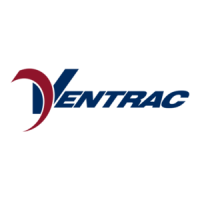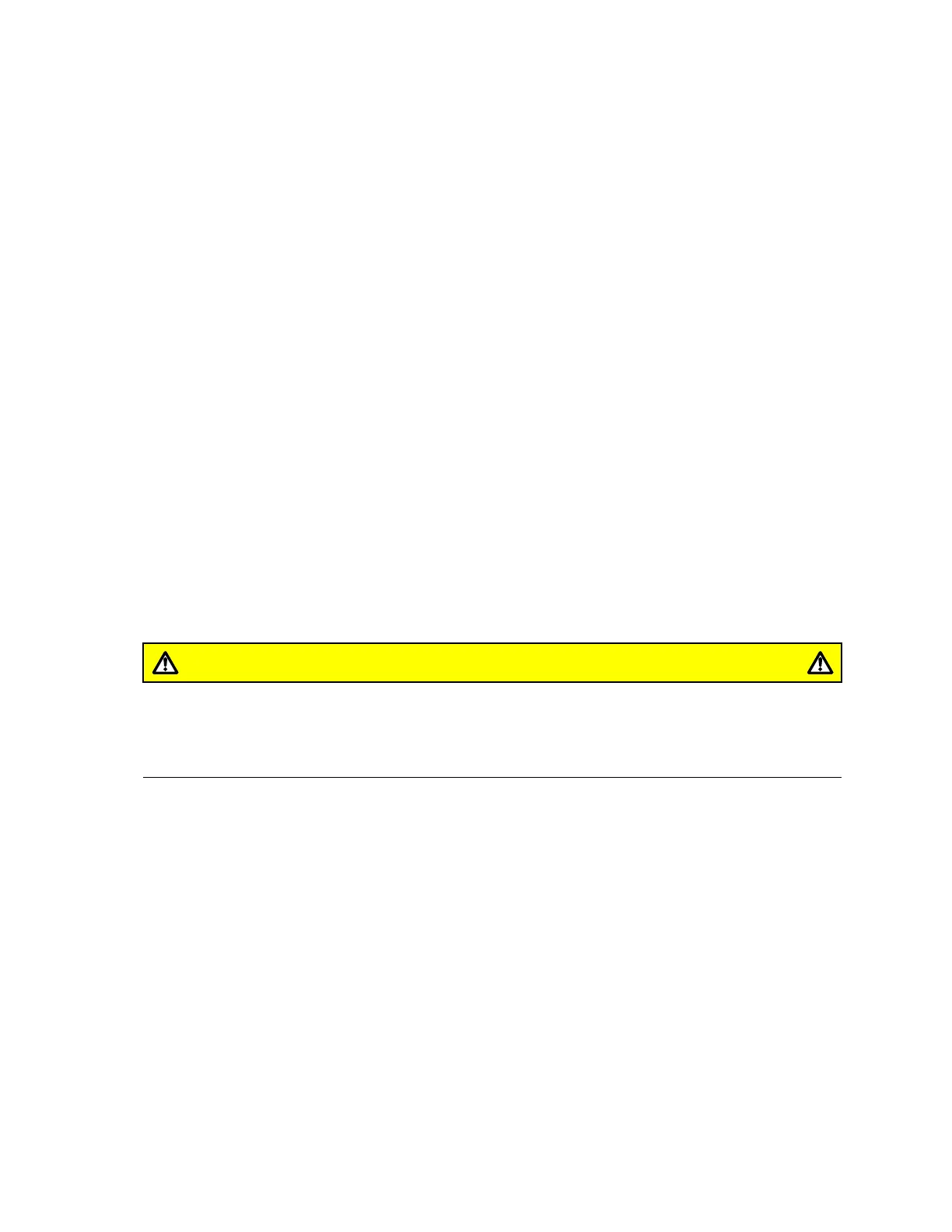Testing the Hydrostatic Drive System Under Load
(continued)
1. Remove any attachments from the machine, park the machine on a level surface,
and engage the parking brake.
2. Check the static implement pressure; refer to Testing the Static Implement
Pressure, page 5–5.
3. Position the machine on smooth concrete near a solid anchor point.
4. Use a proper tow strap to connect the machine to the anchor point. Ensure that
the strap is parallel to the ground.
5. Place the tractor in high range, pull against the anchor point until the wheels start
to slip.
6. Check the implement pressure and compare the results to the static implement
pressure test. The pressure drop should be less than 100 psi when compared to
the static test.
If the pressure drop is higher in forward motion, the rear motor is likely damaged.
If the pressure drop is higher in reverse motion, the front motor is likely damaged.
If the pressure drop is higher in forward and reverse, both motors are likely
damaged.
Testing the Steering Valve P-Port Bypass
CAUTION
Before opening the hydraulic system, operate all the hydraulic controls to
release system pressure and avoid injury from the pressurized hydraulic fluid;
refer to Relieving Pressure from the Hydraulic System, page 5–2.
If the P-port stem fitting was removed or loosened prior to loss of lift and steering,
remove the steering valve and check the P-port for missing or damaged check-ball
and keeper. The P-port check-ball seat can wear allowing the check-ball to drop and
get stuck beside the keeper. If the P-port stem fitting was not removed or loosened
complete the following test to determine if oil is bypassing.
1. Remove any attachments from the machine, park the machine on a level surface,
and engage the parking brake.
2. Remove the steering return hose from the T-port. Cap the hose and T-port, this
will force oil through the circuit.
Note: You will not be able to steer the machine with the steering return hose being
capped.
3. Check the static implement pressure. If the valve was bypassing, implement
pressure will return and lift will function correctly. The steering valve will need to
Hydraulic System: General Information Page 5–6 4520Z
09.40001Rev 00

